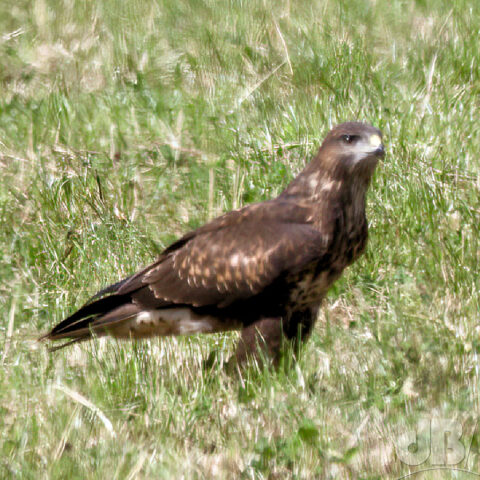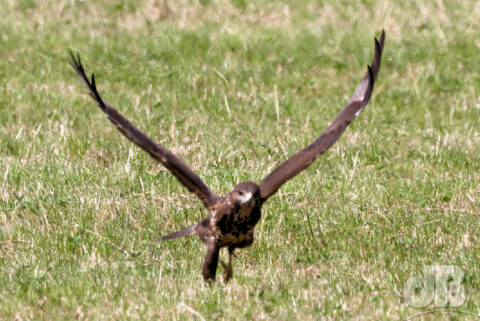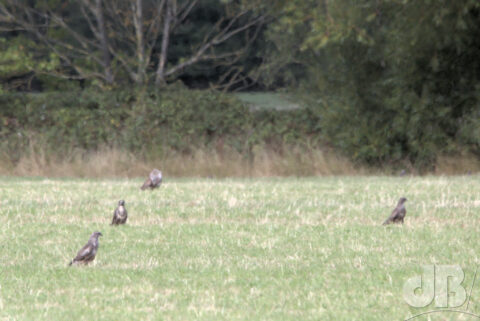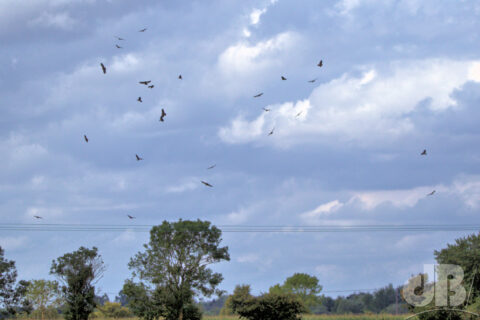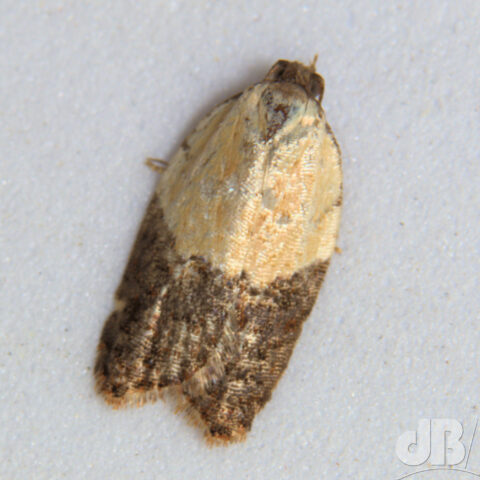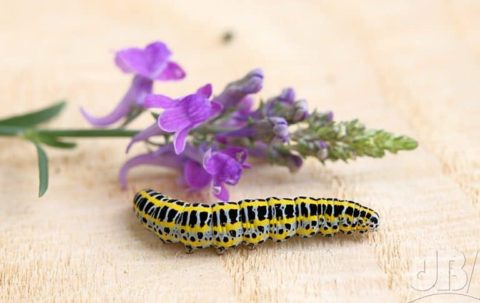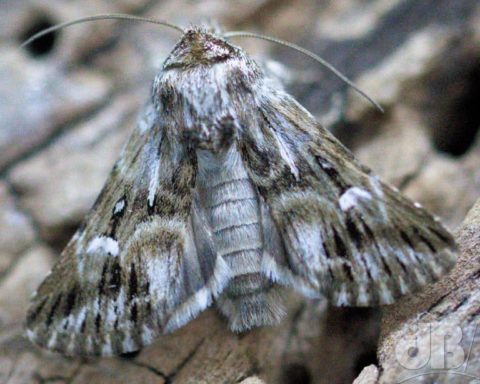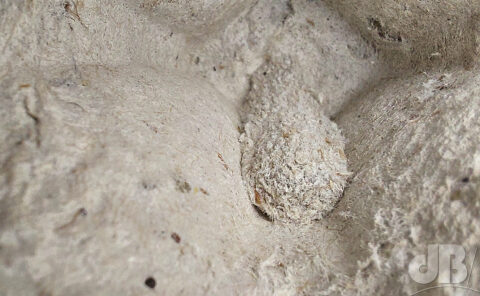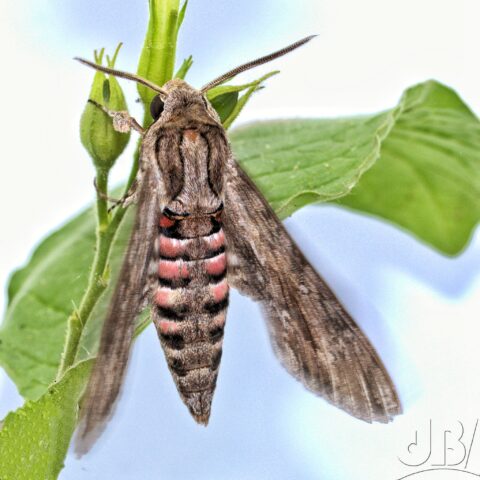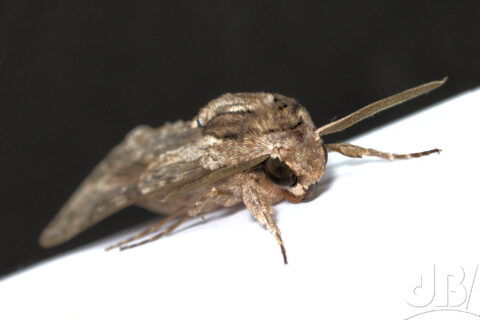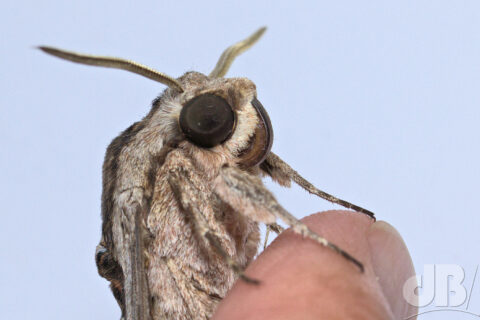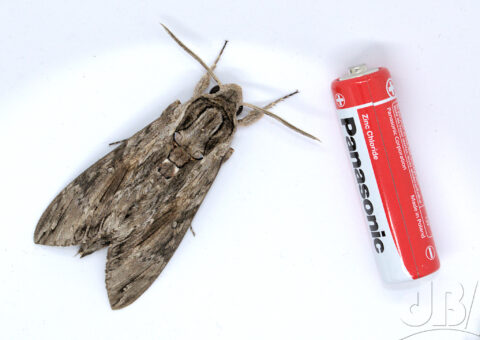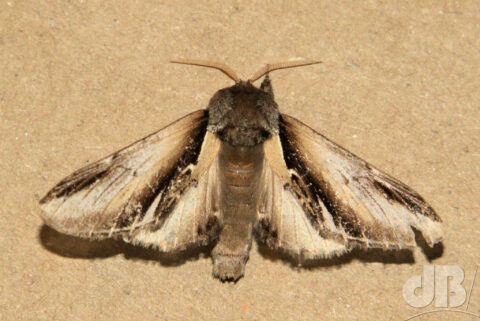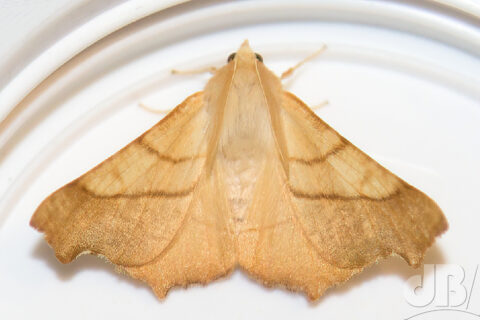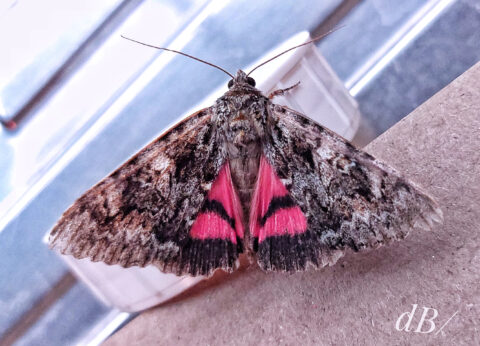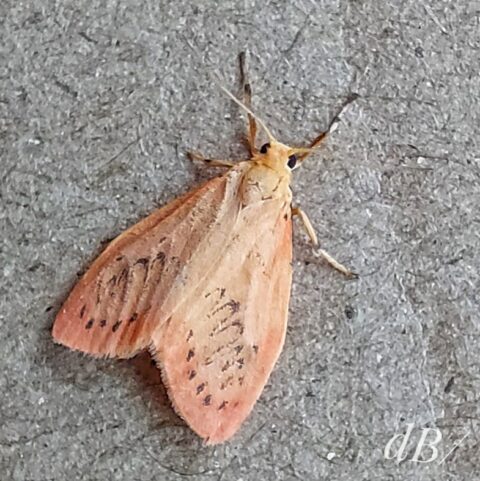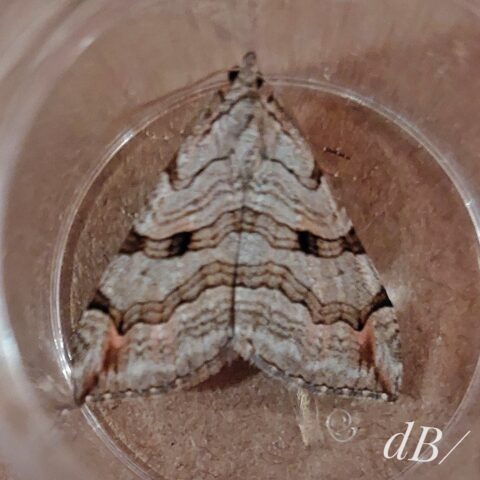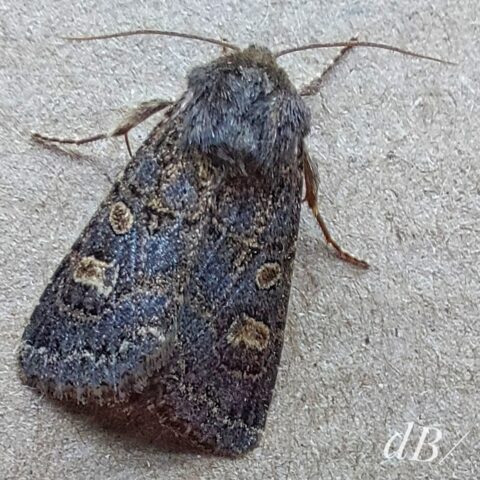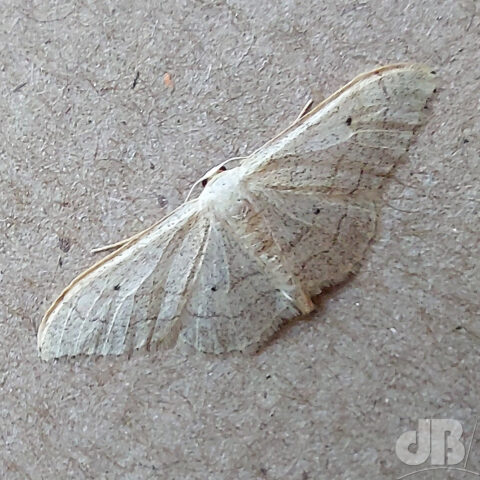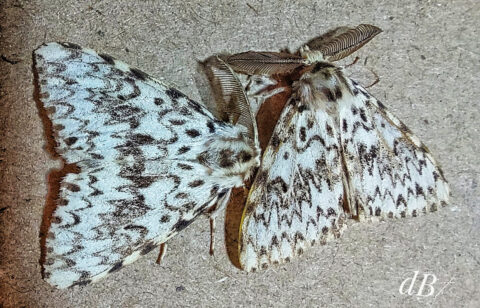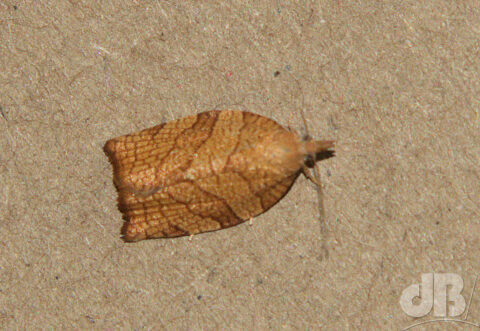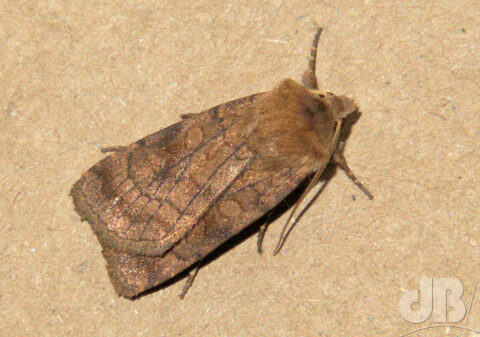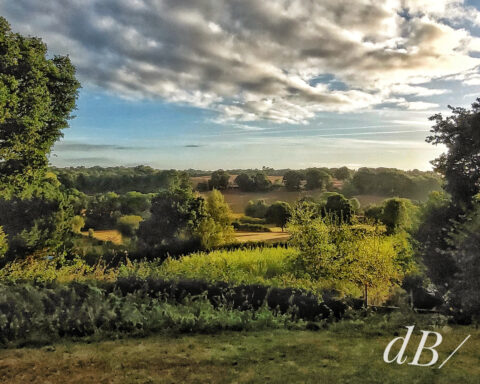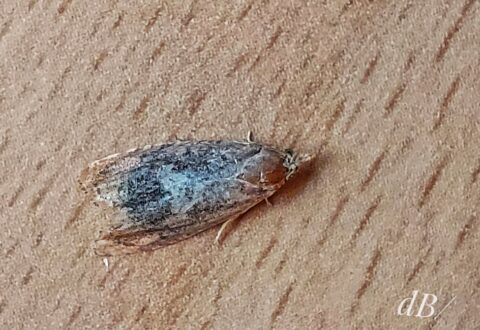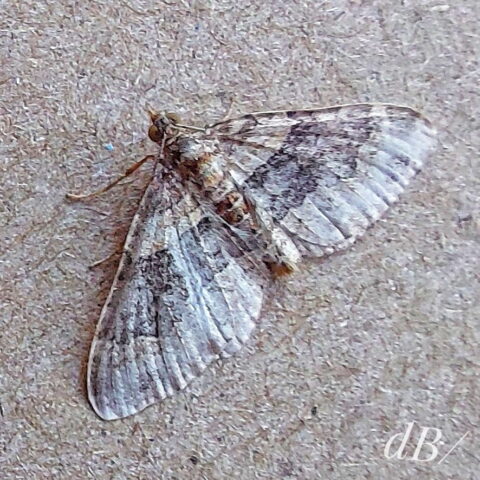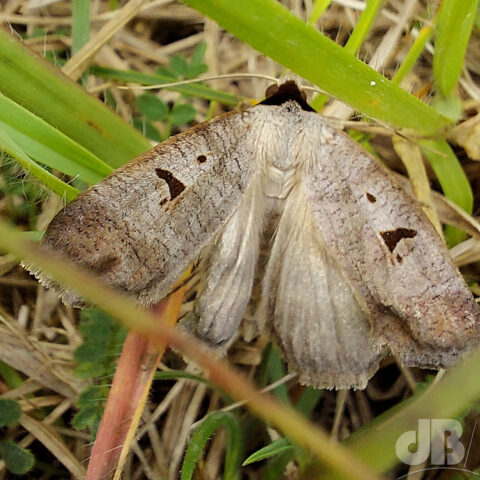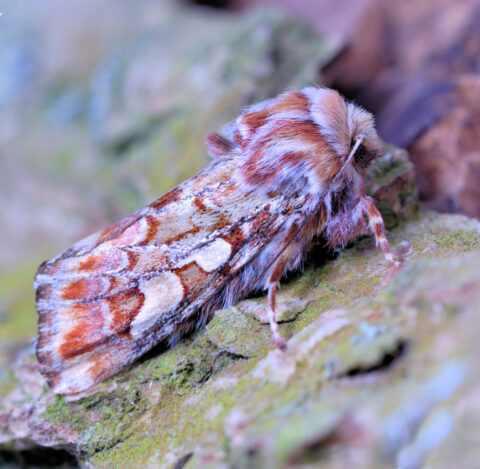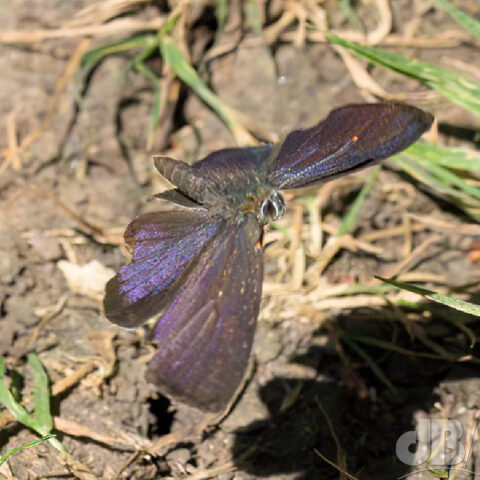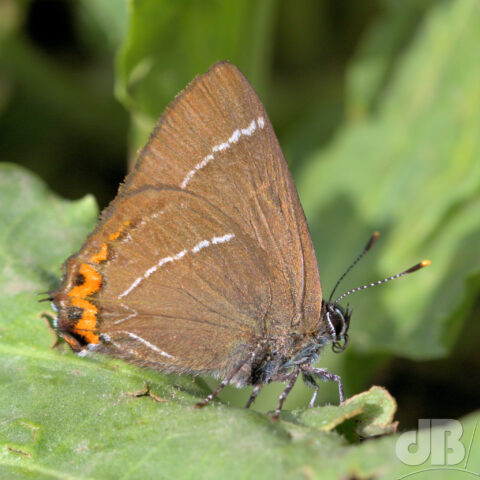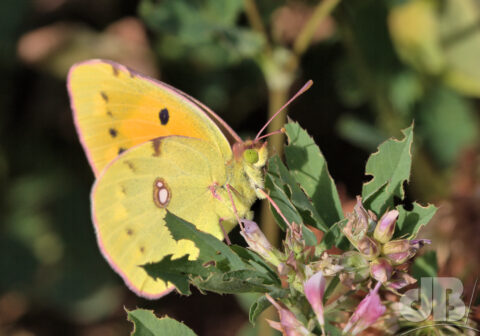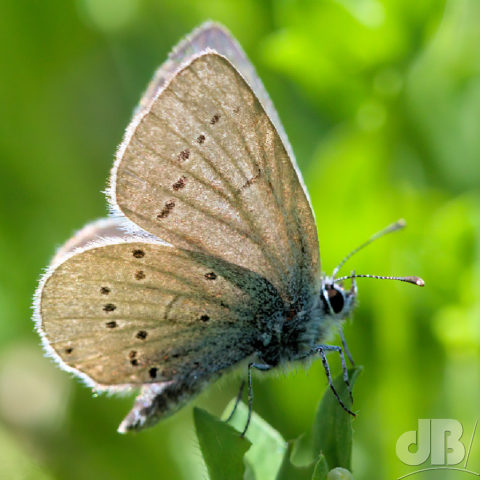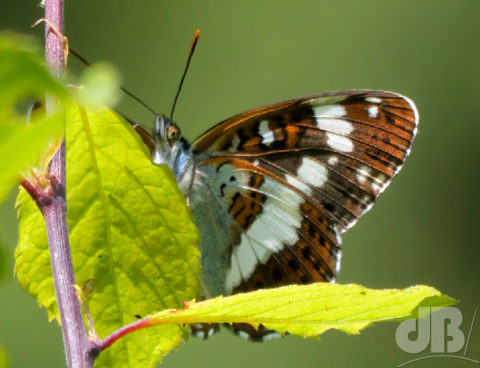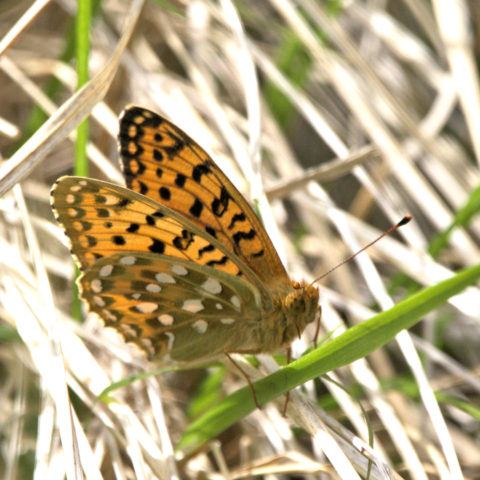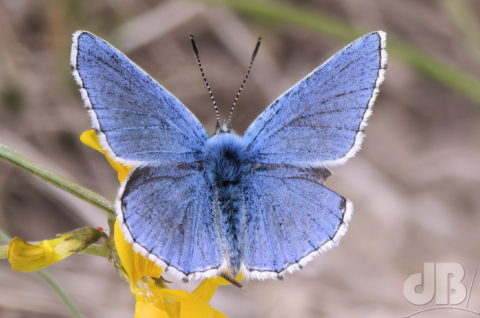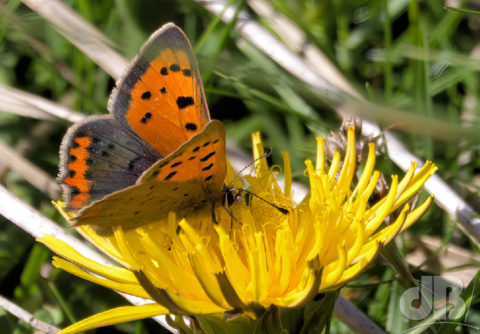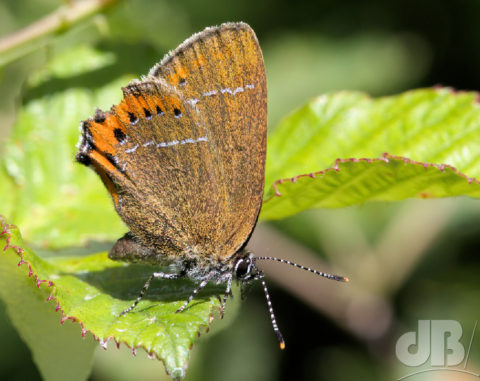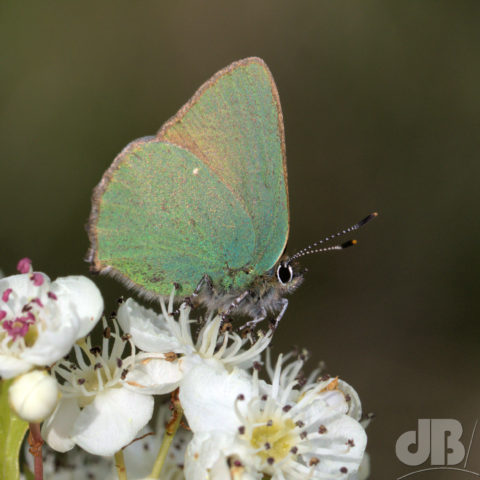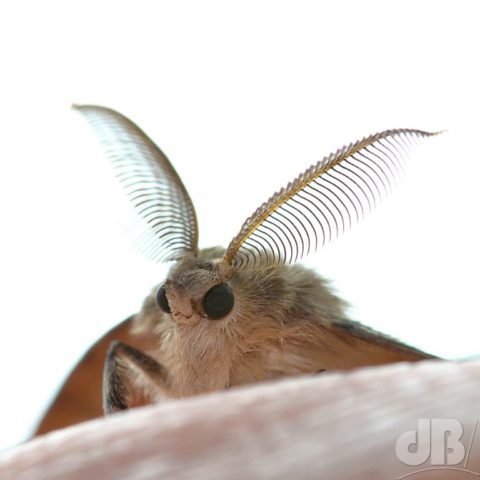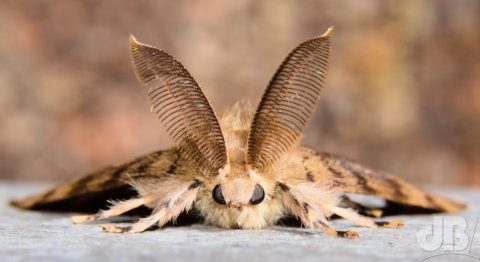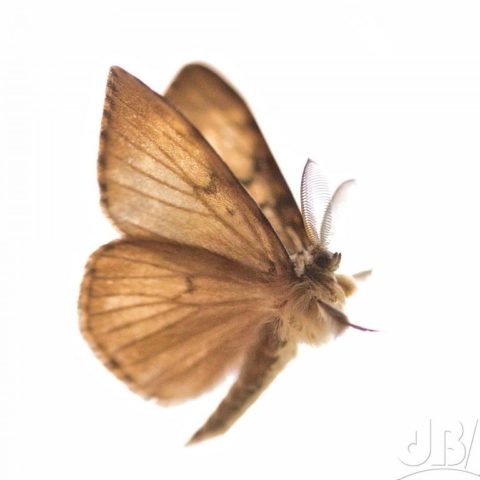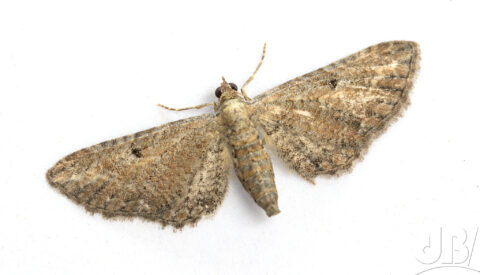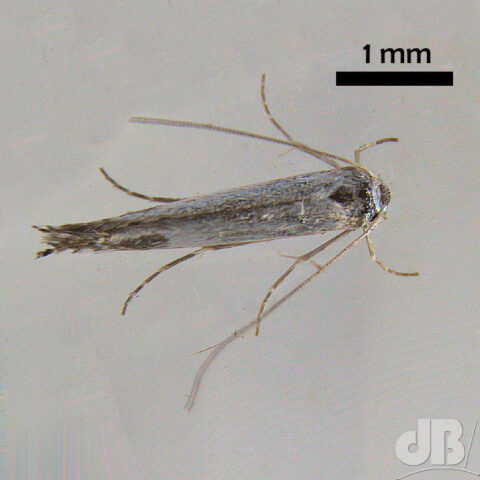UPDATE: A rather battered Connie turned up on the night of 8th September. That’s three nights we’ve seen the species in the garden, it’s possible there were two on the first occasion (27 August), but just one on 2nd September, and just one last night. Although there’s no way of knowing for sure, there may have been others on those nights and other nights, all may well have been attracted by the scent of the garden tobacco plants we grew specifically to attract this species. All were subsequently drawn to the UV lure.
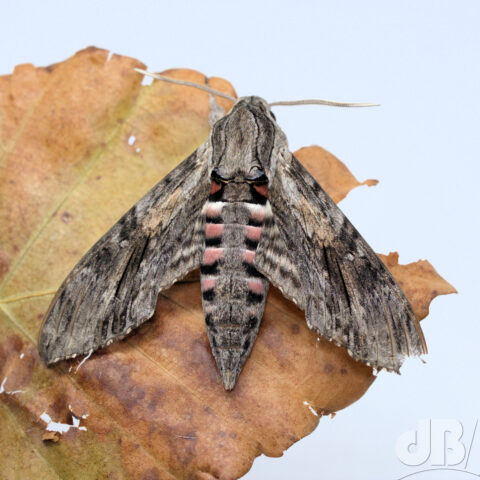
Usually, one relies on Attenborough and his marvellous army of photographers and researchers to bring the dramatic natural world closer to home. At a push Spring Watch and its ilk can give you a slightly less educational fix with their low-level narrative and low-level cameras. But, nature impinges on even the most urbane of urban gardens at times.
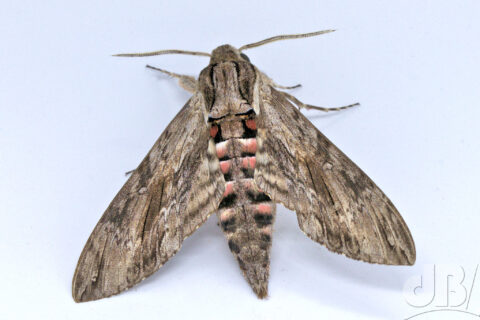
Indeed, we see various butterflies in the garden on warm and sunny summer days – Comma, Painted Lady, Red Admiral, Peacock, Whites (Large and Small), Holly Blue, very occasionally Common Blue and Small Copper, even (once) Marbled White. Hummingbird Hawk-moths turn up during the day and with a little luring, Emperor Moth and various Clearwings. I’ve listed the birds elsewhere on Sciencebase.com, we’ve ticked 30 species in the garden or over it. At night, there are hedgehogs and the Common Frogs are active in and around the pond. Speaking of which various dragonflies and damselflies around the pond and their larvae in it. Also at night, Pipistrelle bats circulating, hunting for moths…oh…moths.
As regular readers will know, surely…I light up with an ultraviolet “lemp” to attract moths and record and photograph them. 459 species so far in four years of mothing. One of the most intriguing and, I feel, exciting visitors was the Convolvulus Hawk-moth. It nectared on Nicotiana (garden tobacco plants) planted specifically to give it something to eat should it turn up. As you know, it did and then again this evening. It’s a huge beast, three or four inches across, it makes a lot of noise whirring and whirling around the garden and clacking into walls and plant pots in between bouts of unfurling its enormous proboscis to feed.
A second, possibly third, one appeared to nectar and then was distracted by the lemp. I got some video of the Convolvulus Hawk-moth just before it dived into the trap. But, I couldn’t leave it there to fester overnight so I lifted the lid to let it out. It soured away into the night sky, like a whirring wraith in a pink and black stripey mohair rollneck. Who needs Sir David, when you’ve got plain David? Hah!
